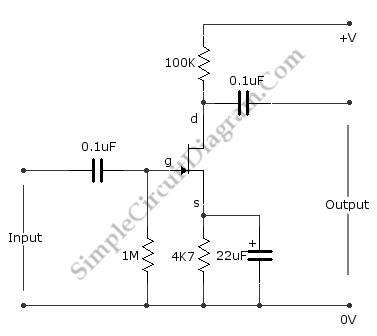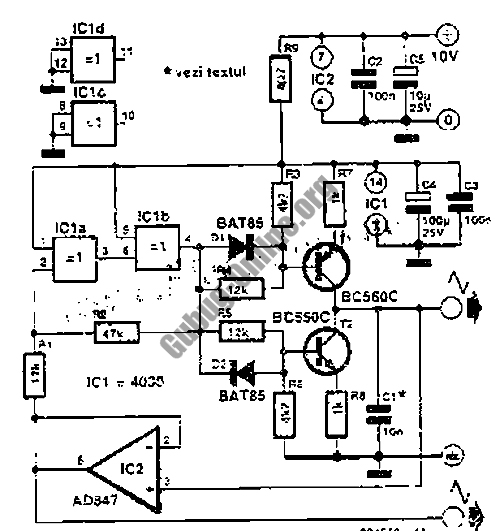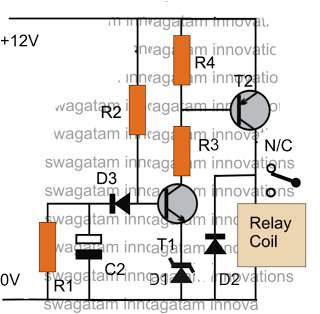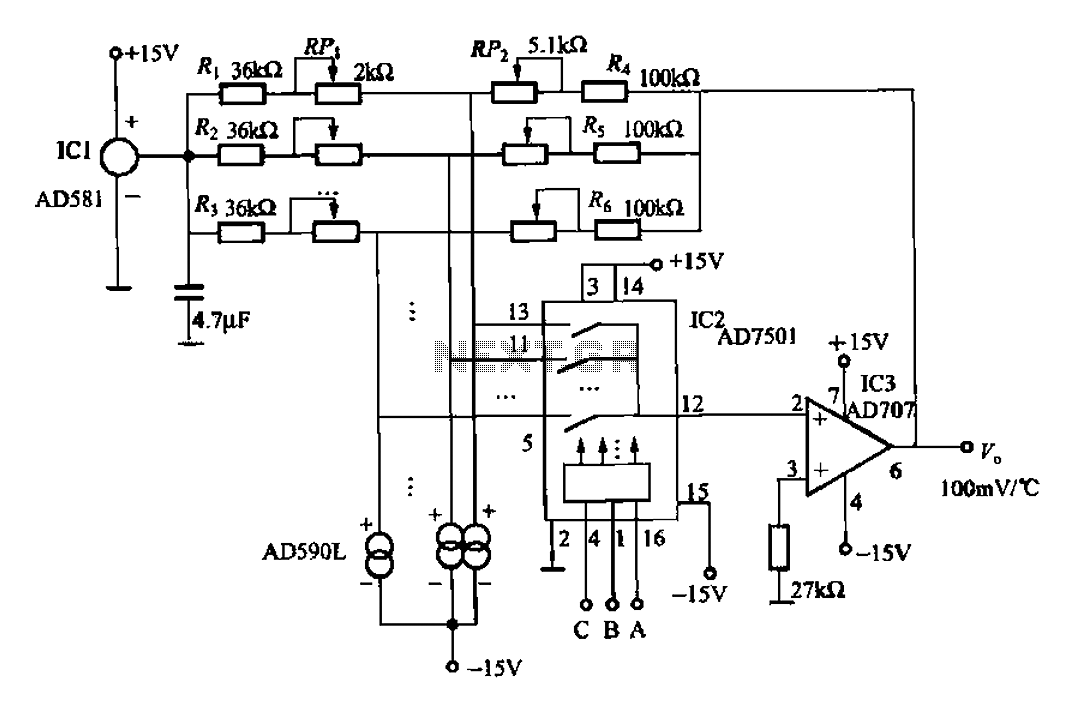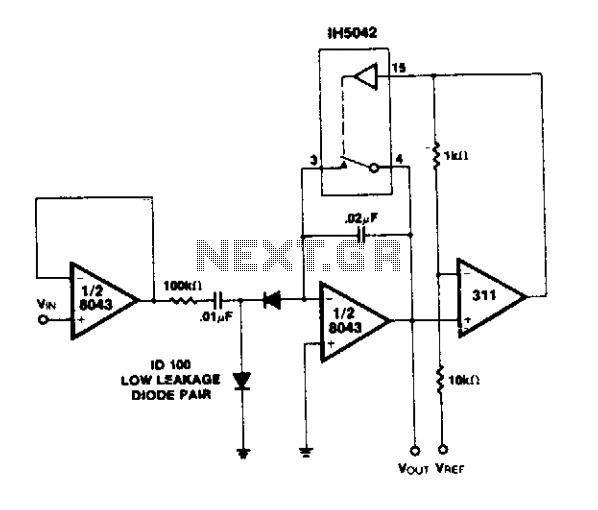
2x30watt home amplifier circuit
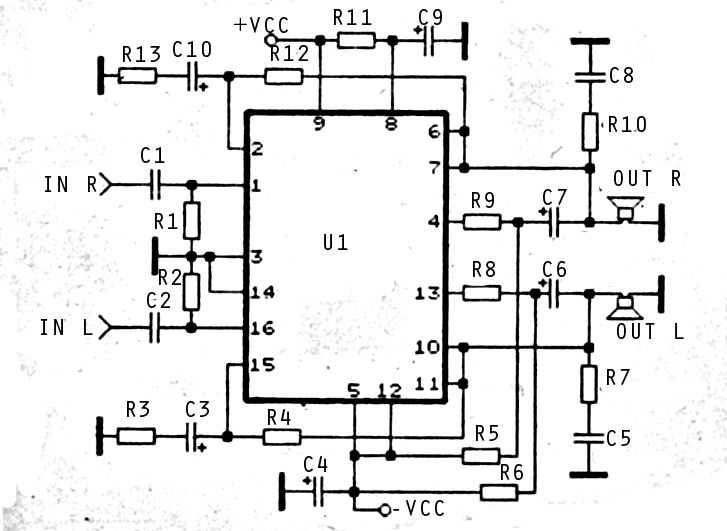
The audio amplifier circuit is highly suitable for home use, particularly with subwoofer or woofer speakers. Commonly referred to as a home amplifier, these audio amplifiers are based on integrated circuits (ICs), specifically the STK series, which includes models such as STK457, STK459, STK460, STK461, STK463, and STK465. Each IC offers distinct quality characteristics.
The audio amplifier circuit designed for home use typically employs a power amplifier configuration that enhances audio signals to drive speakers effectively. The STK series integrated circuits are known for their efficiency and performance in audio applications. The STK457, for instance, is a versatile amplifier IC that provides a high output power while maintaining low distortion levels. This makes it an excellent choice for driving subwoofers or woofers, delivering rich and powerful sound.
In designing the circuit, it is essential to consider the power supply requirements, as the STK ICs operate optimally within specified voltage and current ranges. A dual power supply configuration is often used, providing separate positive and negative voltage rails to the amplifier circuit. This setup allows for better audio performance and headroom, particularly during dynamic audio playback.
The circuit layout should include proper decoupling capacitors near the power pins of the STK IC to minimize voltage fluctuations and ensure stable operation. Additionally, incorporating heat sinks is crucial for thermal management, as audio amplifiers can generate significant heat during operation. The choice of passive components, such as resistors and capacitors, should also be made carefully to match the desired frequency response and overall sound quality.
Feedback mechanisms may be implemented to improve linearity and reduce distortion further. The output stage of the amplifier should be designed to handle the load impedance of the connected speakers, ensuring compatibility and optimal performance. Overall, this audio amplifier circuit is an excellent solution for enhancing home audio systems, providing users with an immersive listening experience.Audio amplifier circuit is very suitable for use at home, using a subwoofer speaker, or woofer speaker. Usually, also called home amplifier, audio amplifiers are based on the IC and ic are used still in series with type STK457 STK and besides it also can use the STK459, 460, 461, 463, 465.
And each ic has the quality of each one, please look at al ldatasheet. com. 🔗 External reference
The audio amplifier circuit designed for home use typically employs a power amplifier configuration that enhances audio signals to drive speakers effectively. The STK series integrated circuits are known for their efficiency and performance in audio applications. The STK457, for instance, is a versatile amplifier IC that provides a high output power while maintaining low distortion levels. This makes it an excellent choice for driving subwoofers or woofers, delivering rich and powerful sound.
In designing the circuit, it is essential to consider the power supply requirements, as the STK ICs operate optimally within specified voltage and current ranges. A dual power supply configuration is often used, providing separate positive and negative voltage rails to the amplifier circuit. This setup allows for better audio performance and headroom, particularly during dynamic audio playback.
The circuit layout should include proper decoupling capacitors near the power pins of the STK IC to minimize voltage fluctuations and ensure stable operation. Additionally, incorporating heat sinks is crucial for thermal management, as audio amplifiers can generate significant heat during operation. The choice of passive components, such as resistors and capacitors, should also be made carefully to match the desired frequency response and overall sound quality.
Feedback mechanisms may be implemented to improve linearity and reduce distortion further. The output stage of the amplifier should be designed to handle the load impedance of the connected speakers, ensuring compatibility and optimal performance. Overall, this audio amplifier circuit is an excellent solution for enhancing home audio systems, providing users with an immersive listening experience.Audio amplifier circuit is very suitable for use at home, using a subwoofer speaker, or woofer speaker. Usually, also called home amplifier, audio amplifiers are based on the IC and ic are used still in series with type STK457 STK and besides it also can use the STK459, 460, 461, 463, 465.
And each ic has the quality of each one, please look at al ldatasheet. com. 🔗 External reference

